Which Planet Has the Longest Day: 10,000 Hours to Dawn
21st Jun 2024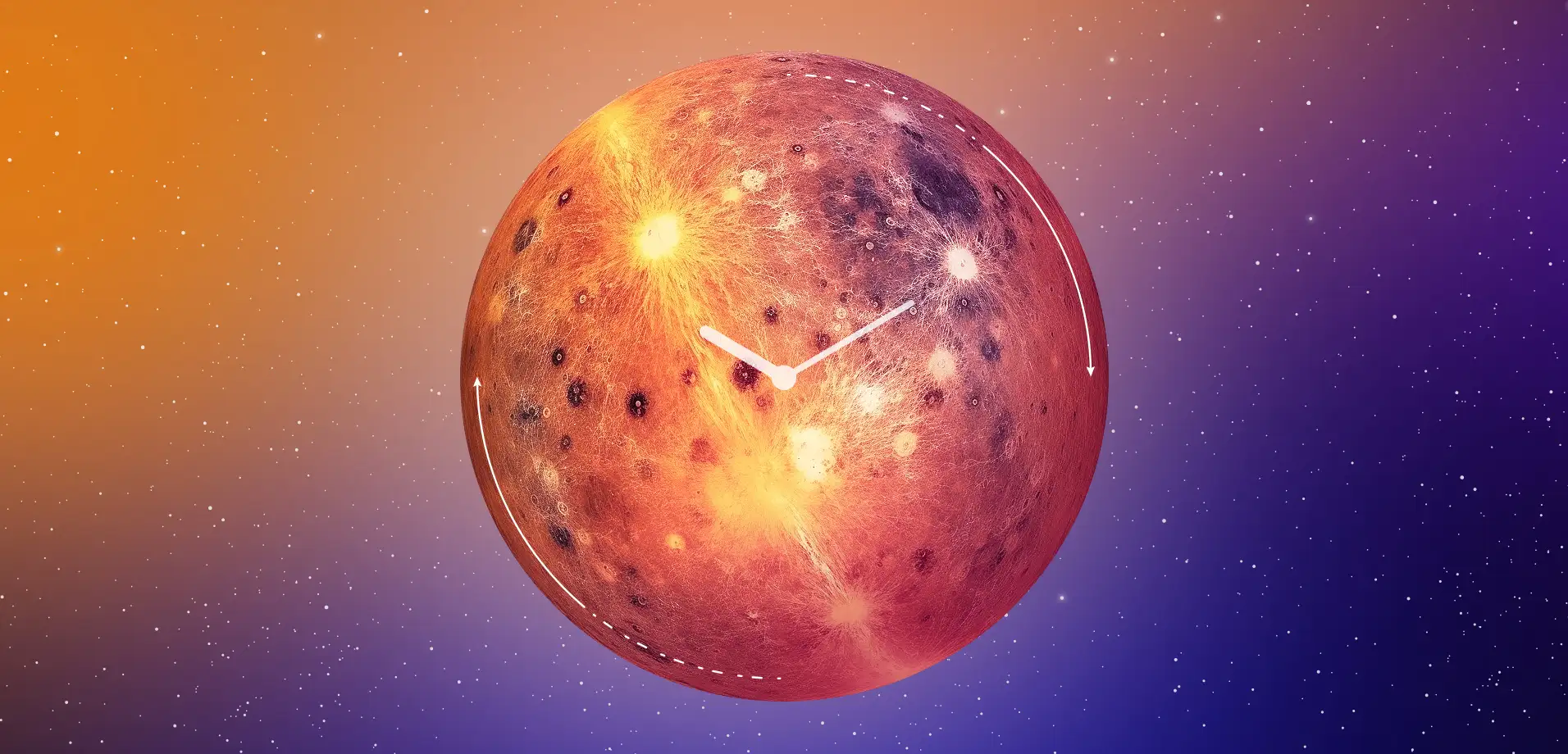
Time is not just a series of changing numbers on your wristwatch or the screen of your phone. This is a basic tool that brings order to our life routine, putting everything in its place. But what if you lived on another planet and not on Earth? How would you measure time in a place where a day can last for years or, conversely, just a few hours?
In this article, you will learn how time flows on different planets, why it differs from terrestrial time, and what planet has the longest day in the solar system.
Which Planet Has the Longest Day?
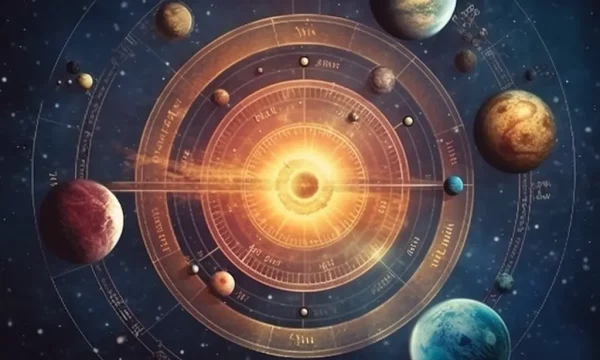
The answer to this question is ambiguous. Some sources call Mercury, others — Venus. We will not dispute either of these since both answers are correct. But how can this be, you may ask? After all, astronomy is based on mathematics and physics, and these are exact sciences with no room for different versions.
To correctly answer the question which planet has the longest day, first we have to come to terms with the definition of “day.”
Sidereal Day vs Solar Day: What Is the Difference?
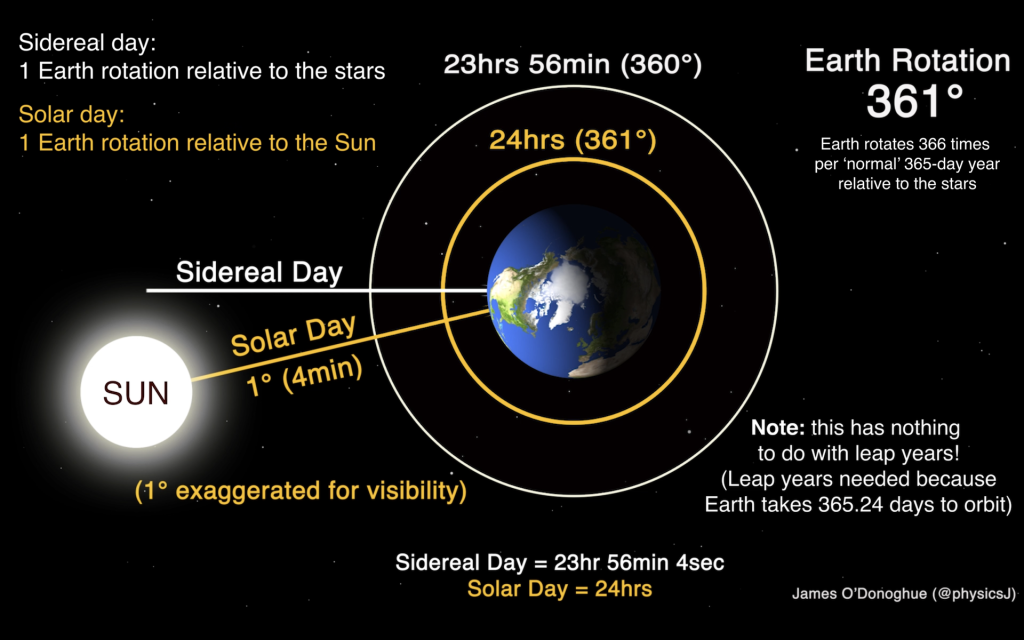
Astronomy tells us that there are two types of time periods that we call a day: a sidereal day and a solar one. A sidereal (or stellar) day is the time required for a planet to complete one full revolution around its axis relative to distant stars, not accounting for the planet’s movement around the Sun.
A solar day (not to be confused with daylight) is the period during which the Sun returns to the same point on the celestial sphere, visible from the surface of the planet. Simply put, it is the time between two “noon” moments when the Sun is at its highest point in the sky.
Solar days take into account the movement of the planet around the Sun, which is why they are always slightly longer than the sidereal days. This happens because the planets rotate on their axis faster than they orbit the Sun. For example, on Earth, a solar day is 24 hours, which is 4 minutes longer than a sidereal one because during the time the Earth makes one revolution on its axis, it also moves a little in its orbit around the Sun, and it takes extra time for the Sun to appear at the same point in the celestial sphere. It’s like you’re on a carousel and moving around an object at the same time — you have to turn a little more to look at that object again.
This happens on all planets except Venus. It rotates around its axis in a retrograde direction, so its sidereal day is longer than the solar one.
In the table below, you can see how long is one day on other planets in Earth time. Please note that the data is approximate and may change over time due to various astronomical and physical factors, which we will discuss further.
Solar System Planets’ Day Length
| Planet | Sideric day length (in Earth time) | Solar Day length (in Earth time) |
| Mercury | 58 days 15 hours | 176 days |
| Venus | 243 days 26 minutes | 116,7 days |
| Mars | 24 hours 37 minutes | 24 hours 40 minutes |
| Uranus | 17 hours 14 minutes | 17 hours 15 minutes |
| Neptune | 16 hours 6 minutes | 16 hours 7 minutes |
| Saturn | 10 hours 42 minutes | 10 hours 47 minutes |
| Jupiter | 9 hours 55 minutes | 9 hours 56 minutes |
As you can see, the record holders are indeed Venus and Mercury. Thus, returning to the question of which planet has the largest day, we get two correct answers at once: Venus has the longest sidereal day, and Mercury has the longest solar day. Note, however, that we use solar days to measure time on Earth, as they better match our everyday experience of day and night.
Why Does the Length of the Day Vary on Different planets?
The length of the day varies from planet to planet due to several factors that are different for the sidereal and solar days. The length of the sidereal day is affected by:
- Angular speed of planet rotation. A faster planet’s rotation around its axis leads to a shorter sidereal day, and conversely, a slower rotation ensures the longest day.
- Initial angular momentum. During the formation of a planet from a disk of gas and dust orbiting a protostar, particles and debris collide and stick together, maintaining the angular momentum of the system. This process leads to the planet’s rotation around its axis and sets its initial speed.
- Interaction with other bodies. Collisions with other space objects can change the planet’s rotation speed. For example, one theory states that the collision of the Earth with the Mars-sized object Theia led to the formation of the Moon and an increase in the Earth’s rotation speed.
- Tidal forces. Gravitational interactions with other bodies, such as moons and the Sun, can slow or speed up a planet’s rotation through tidal friction. For example, the ebb and flow of the Earth’s tides, which result from the Moon attracting water from the Earth’s oceans, creates friction between the water and the Earth’s surface and slows down the Earth’s rotation.
- Mass distribution. Uneven distribution of mass within a planet can lead to changes in its rotation speed due to redistribution of mass resulting from geological processes, for example, melting glaciers, earthquakes, volcanic eruptions, etc.
The length of a solar day is affected by:
- Orbital motion of the planet. Since the planet moves around the Sun, it must orbit a little longer after the sidereal day for the Sun to return to the same point in the sky.
- Planetary axis tilt. Changes the angle at which the sun’s rays hit the planet, which affects the length of the days.
- Orbital shape. Orbital eccentricity can lead to changes in the speed of the planet’s orbital motion, which also affects the length of the solar day.
So, the answer to the question what planet has the largest days depends on each planet’s unique combination of historical, physical, and astronomical factors. However, the influence of these factors is extremely insignificant. As a rule, these changes are measured in seconds or minutes. For example, scientists claim that the length of the Earth’s day increases by 2.3 milliseconds every century, which has virtually no effect on people’s lives, even on a scale of several generations.
How Do We Count Years on Planets?
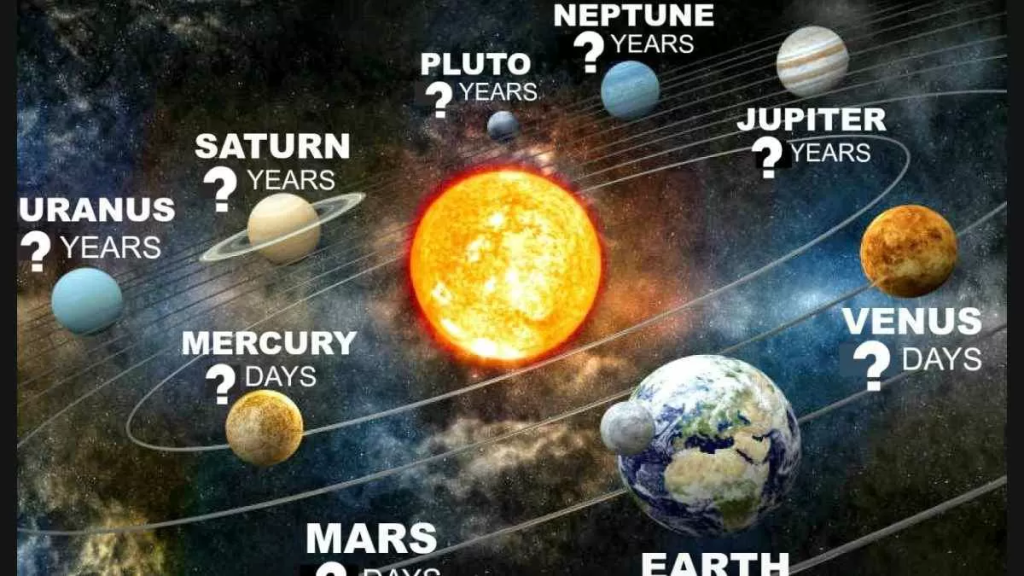
The year is another important unit of time we need to understand which planet has the shortest year and the longest day in the solar system. As with days, the year is also divided into sidereal and solar.
A sidereal year (or period) is the time it takes a planet to complete one orbit around a star.
The solar year, or tropical year, is associated with seasonal changes and is defined as the time between two successive passages of the Sun through the vernal equinox, or more simply, the time during which all seasons change. On Earth, this is important because the seasons affect climate and ecosystems. That is why on Earth we count time in years based precisely on the solar year.
However, for other planets that do not have noticeable seasons or where axial tilt and precession (the phenomenon in which a body’s rotation axis changes its direction in space) do not influence the climate as much as on Earth, the sidereal year is a more universal measure of time as it allows one to accurately determine the position of planets and stars in space, which is important for astronomy and navigation.
What affects the length of the year on the planets?
The length of a planet’s sidereal year is determined by the distance from the planet to its parent star. The farther a planet is from the star, the longer its orbit and, accordingly, the longer it takes to complete one revolution. Next, Kepler’s 3rd law comes into force, which states that the time it takes a planet to complete its revolution depends on its distance from the Sun. The closer a planet is to a star, the stronger the gravitational pull of the star, and the planet moves faster in its orbit, making the year shorter.
The dependence of the sidereal year length on the planet’s distance to the Sun is clearly shown in the table below.
Sidereal year length of planets, distance from the Sun and their orbit length
| Planet | Sidereal period | Distance to the Sun, million km | Orbit length, million km |
| Mercury | 87,97 days | 58 | 360 |
| Venus | 224,7 days | 108 | 680 |
| Earth | 1 year or 365,2564 days | 150 | 930 |
| Mars | 1,88 years | 228 | 1400 |
| Jupiter | 11,86 years | 778 | 4900 |
| Saturn | 29,46 years | 1429 | 9500 |
| Uranus | 84,02 years | 2875 | 18 600 |
| Neptune | 164,78 years | 4479 | 30 000 |
FAQ On the Length of the Day And Year On the Planets of the Solar System
Now that you know how time flows on Earth and other planets and what it depends on, the answers to the most frequently asked questions on this topic should be crystal clear to you.
Which Planet Has More Than 24 Hours?
How many planets have days longer than 24 hours? In our solar system, we have two such planets. These are the planets that are closer to the Sun than Earth — Venus and Mercury. Their days are longer than on Earth due to initial angular momentum and an effect called tidal braking. The initial angular momentum sets the planet’s rotation speed during its formation, and tidal braking causes the planet’s rotation to slow down due to the gravitational influence of the Sun. Since Mercury and Venus are very close to the Sun, the tidal forces acting on them are greater than on distant planets. These forces cause the planet to deform, which leads to a loss of kinetic energy and, as a result, a slowdown in rotation speed.
Which Planets Have a Longer Day Than a Year?
This is Venus. One Venusian day lasts 243 Earth days, while a Venusian year is about 225 Earth days. It happens because Venus rotates on its axis very slowly and in the opposite direction than most other planets in the solar system, which is called retrograde rotation. So Venus is also the answer to the question which planet has the longest day due to an extremely slow rotation.
Which Planet Has 30,000 Days a Year?
This is Uranus. One sidereal year on Uranus, that is, a complete revolution around the Sun, is approximately 30,687 Earth days, which is equivalent to approximately 84 Earth years. This makes Uranus’ year one of the longest in our solar system, after Neptune, where one year equals about 165 Earth years.
Which Planet Has the Longest Day And the Shortest Year?
This is Mercury. A sidereal day on Mercury is 58.65 Earth days, and a year is only 88 Earth days. This phenomenon is known as Mercury’s spin-orbit resonance. It means that the period of the planet’s rotation around its axis (one sidereal day) is in exact proportion to the period of its revolution around the Sun (Mercurian year). For Mercury, this ratio is 3:2, which means that in two Mercury years, the planet makes three complete rotations around its axis.
Notably, Mercury’s sidereal day is second in length after the Venusian one, but the planet is the absolute record holder for the length of a solar day: 176 Earth days. This fact rightfully makes Mercury the only planet which has the shortest year and the longest day in the solar system.
10,000 Hours to Dawn: Synchronise Your Watches
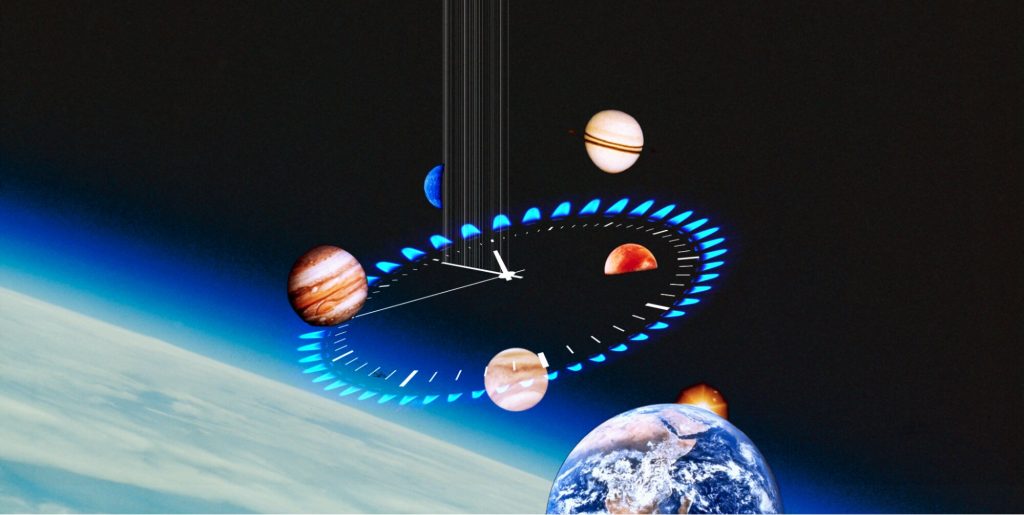
Thank God, humanity is not yet going to leave the dying Earth, so we only need information about which planet has the longest day to broaden our horizons. But it won’t be a bad idea to check your watches with time on other planets because who knows what awaits us in the future and what kind of daily routine we will have to get used to.
References and Additional Information:
- THE LENGTH OF A DAY ON DIFFERENT PLANETS
https://www.aiaa.org/docs/default-source/uploadedfiles/membership-and-communities/stem-k-12-outreach/aerospace-micro-lessons/aerospace-micro-lesson-50—-length-of-a-day-on-different-planets.pdf - How Long Is A Year On Other Planets?
https://www.jagranjosh.com/general-knowledge/how-long-is-a-year-on-other-planets-1709625531-1 - Solar Time vs. Sidereal Time
https://lco.global/spacebook/sky/sidereal-time/ - Solar Day vs Sidereal Day
https://www.johndcook.com/blog/2022/12/25/solar-vs-sidereal/ - Units of Time | Sidereal Day, Synodic Day & Solar Year
https://study.com/academy/lesson/units-of-time-solar-sidereal-synodic.html - How Long Is One Day on Other Planets?
https://spaceplace.nasa.gov/days/en/






Thank you for your comment! It will be visible on the site after moderation.